Viktoria Binschtok @ Hamburger Kunsthalle | 8TH TRIENNIAL OF PHOTOGRAPHY 2022: »CURRENCY«
We are thrilled to be sharing with you Viktoria Binschtok’s participation in the 8th Triennial of Photography „Currency“ at the Hamburger Kunsthalle.
Alongside Josephin Böttger, Adam Broomberg & Oliver Chanarin, Irene Chabr, Sara Cwynar, Katharina Gaenssler, Mathilde ter Heijne, Sabine Hornig, Louise Lawler, Matthew Muir, Frida Orupabo, Max Pinckers, Walid Raad, Volker Renner, Sebastian Riemer, Martha Rosler, Evan Roth, Thomas Ruff, Taryn Simon and Johannes Wohnseifer.
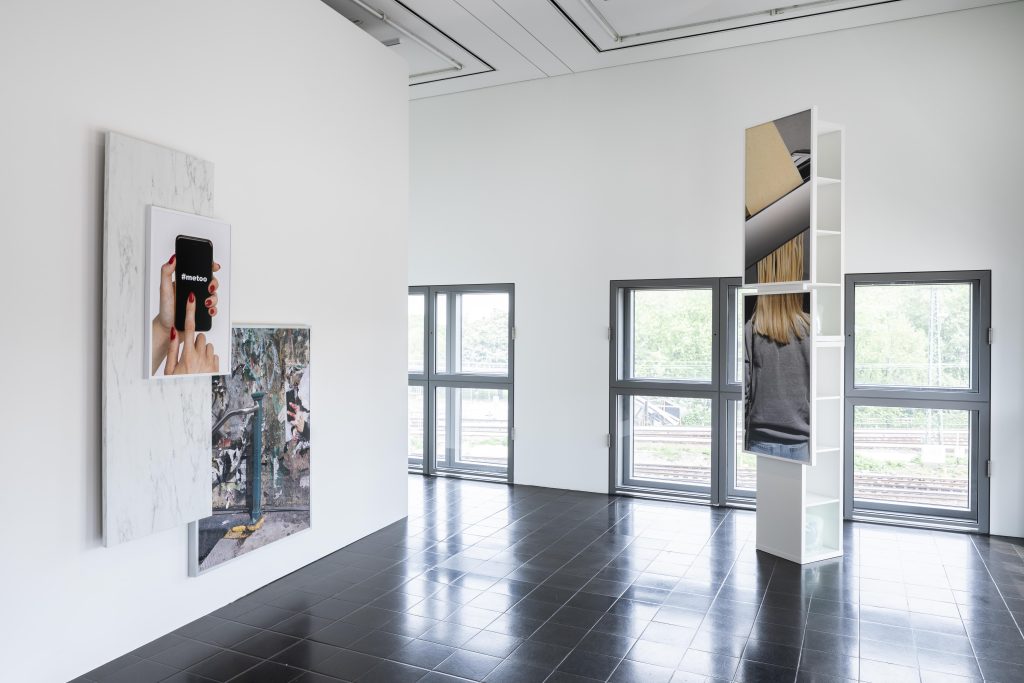
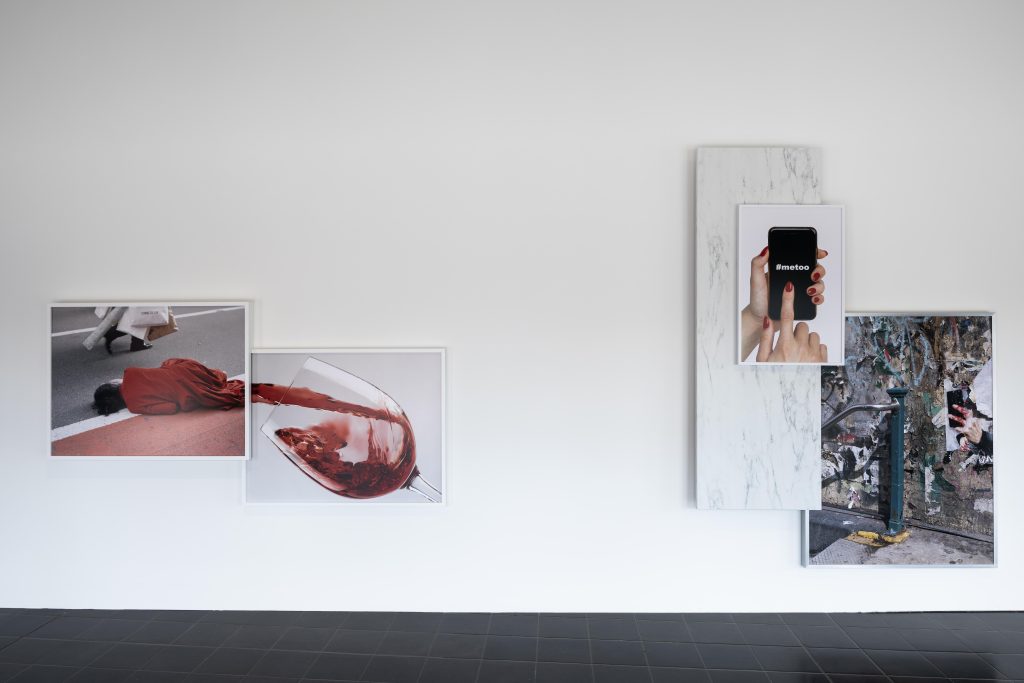
„Give and Take illustrates processes of exchange and appropriation of pictorial material in contemporary photography based on a selection of twenty artistic positions. Images circulate and migrate these days across diverse geographical, cultural and social boundaries. One and the same photograph may appear in myriad contexts, multiplying its impact exponentially. This makes it nearly impossible to control all the meanings that may be assigned to images we release into the world. In this „give and take“, artists appropriate images from a variety of fields as they explore the mechanisms behind the production of realities and identities.
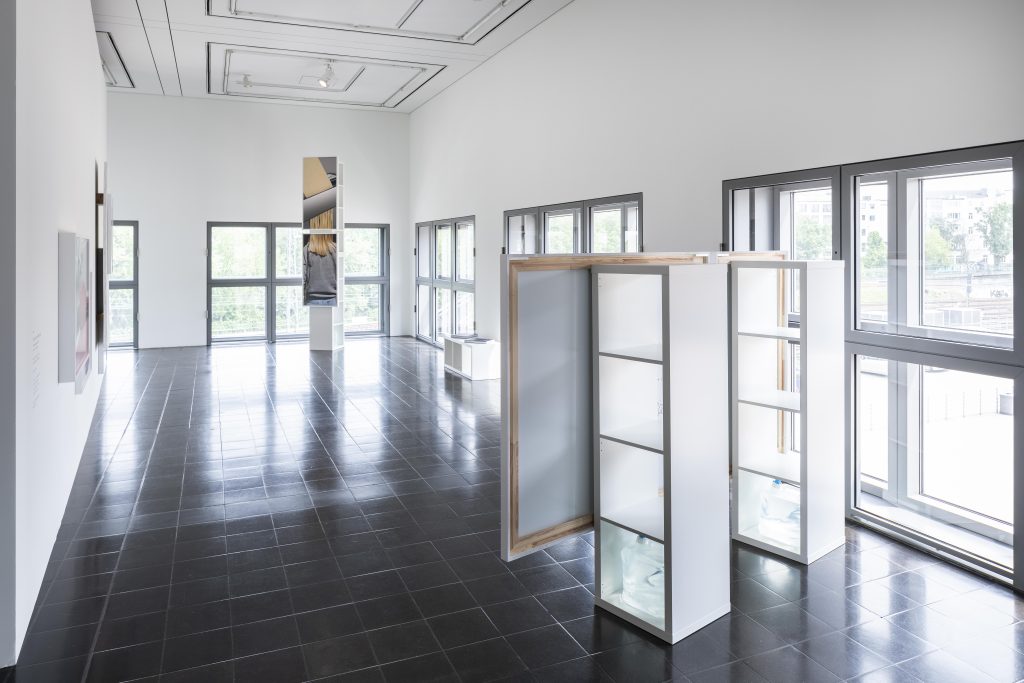
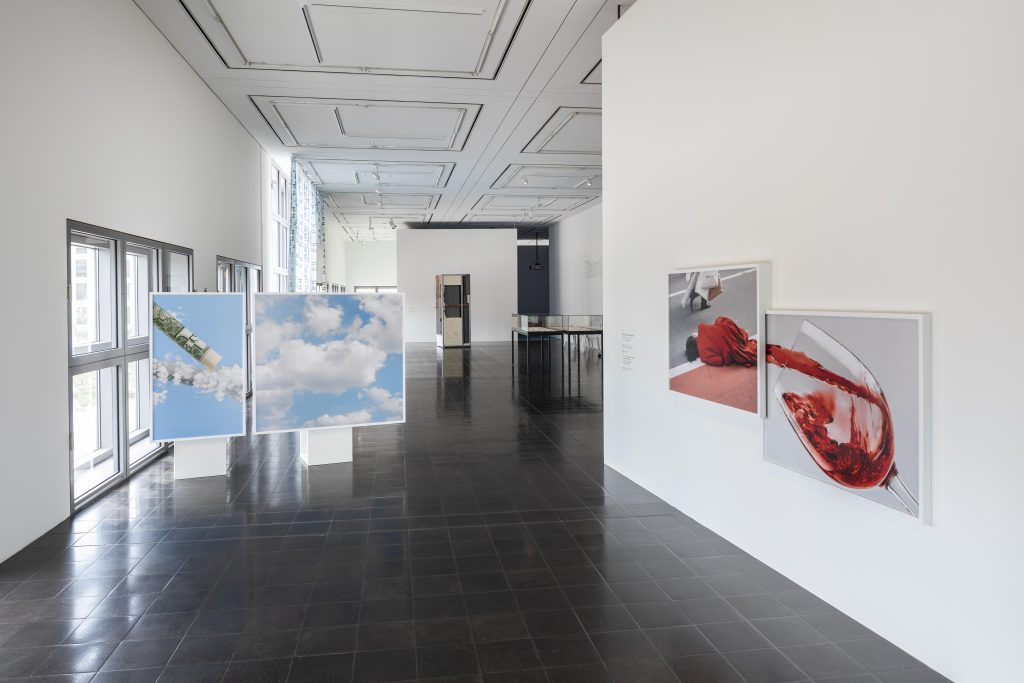
The material on view ranges from early picture archives, historical film footage and museum collections to classic print media as well as digital images on social media and in image search engines. The artists respond in their photographs, video works and installations to images that originated in another time or were developed for a different purpose, retrieving them in order to examine them in the light of the present day. The show features primarily works on loan that come from galleries or directly from the artists from America and Europe, supplemented by exhibits from the collection of the Hamburger Kunsthalle. As if in an archive, the main themes are organised into „folders“: archive & algorithm, profile & identity, fact & fiction, protest & dissemination and canon & violence.
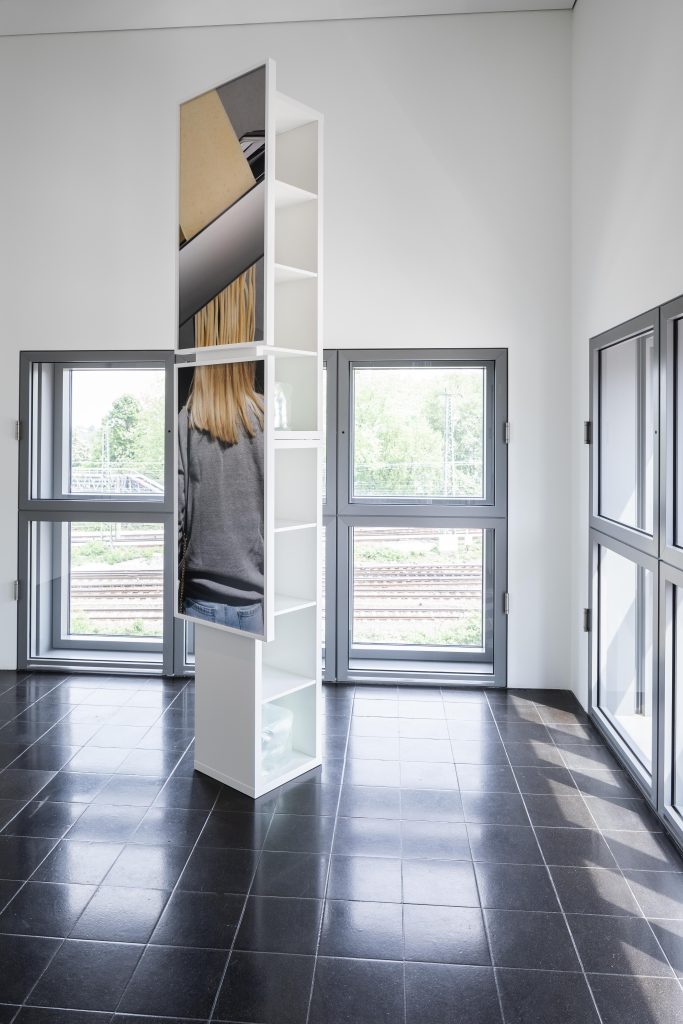

The exhibition will be mounted on the upper floor of Gallery of Contemporary Art, whose open architecture will also offer a platform for other shows and events during the Triennial of Photography. The museum will thus become a place of exchange and constant image transfer and a forum for lively discussions on current developments.“
Viktoria Binschtok traces in her photographic work the idea of visibility. By deferring the context in interesting ways she raises questions about which contents are transported within clearly defined image borders and which ones – based on our common knowledge – surpass them. Binschtok refers equally to images taken from media sources such as the Internet as well as images taken by herself in order to discuss their function and representation.
Her pivotal series of Clusters/NetworkedImages focuses on physical echoes of the image flow produced by our digitally connected world. In her photographic sculptures, the artist deals with the phenomenon of today’s image economy: the intangibility of image data, our ever-shortening attention span, and the simultaneous power and immediacy of consumed pictures. The artist links the momentary images to their staged reproductions in a photographic symbiosis. Her works become part of the larger net that Binschtok consciously casts over divergent visualities— instead of tapping into a single genre or subject, she dissects the vastness of our daily digital image production, one piece at a time. The precise layering of her works generates visual connections with both subtle and apparent references to current realities — immaterial concepts thus take physical shape, compelling us to, once again, ruminate our algorithmic-driven present.